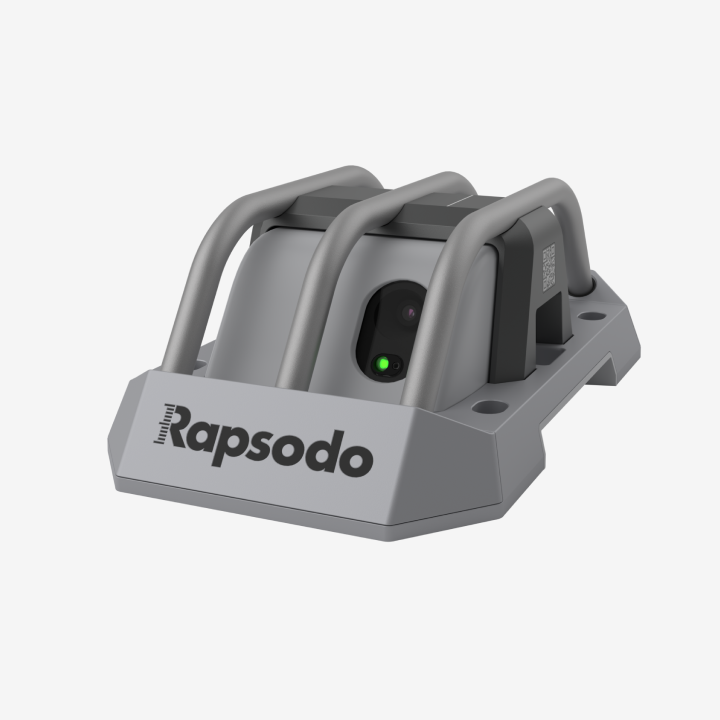In the modern Major Leagues, shifting has become part of the game. According to Baseball Savant, the average team in 2019 shifted on 25.6% of plate appearances, while the Los Angeles Dodgers shifted on a whopping 50.6% of plate appearances.
From moving the third basemen to short right field to adding another outfielder altogether, teams pay attention to exit direction. A player's exit direction is seen by MLB teams as something that stays consistent, which can lead to more accurate defensive positioning and less opportunity for the hitter.
In the Rapsodo hitting app, exit direction is shown as a degree, where zero degrees is a ball hit directly up the middle. A ball hit to the left side of the field from the batter’s point of view has an L next to the number, where a ball to the right side of the field has an R.
Note that exit direction can also be represented as positive and negative, as seen on our cloud. A ball to the left side of the field has a negative exit direction and a ball to the right side has a positive exit direction.
The graphical representation of exit direction shows the initial path of the ball hit on the field:

WHAT DOES EXIT DIRECTION MEAN?
Exit direction can help identify whether a ball was pulled, up the middle, or to the opposite field. Especially in a cage environment, it is much more reliable to identify how much a ball was pulled using Rapsodo data than the naked eye as ball flight is very limited.

As we can see above, a ball hit down the left field line has extremely limited ball flight in the cage and may look similar to a ball hit to the shortstop. Without Rapsodo data, it may be difficult to train using exit direction in this type of setting.
COACHING
Average exit direction on a player by player basis can identify a player who is pull heavy to someone with an all field approach. If a player is pull heavy, the defense may decide to shift, making it harder for the player to get hits through the infield. Pull hitting is not all bad, however, as the average major leaguer hits for better average and slugging to the pull side. Finding the right mix for each player is important in order to maximize performance on the field.
Below is a chart showing MLB averages for slugging percentage and batting average for pulled balls and not pulled balls in 2018 for players with more than 100 plate appearances. It is broken up into lefties and righties as well. What we see here is a definite advantage for the pull side in both groups of hitters. Slugging to the pull side is the most sizeable difference between the two, but even batting average to the pull side has an advantage.
Lefties

Righties
















